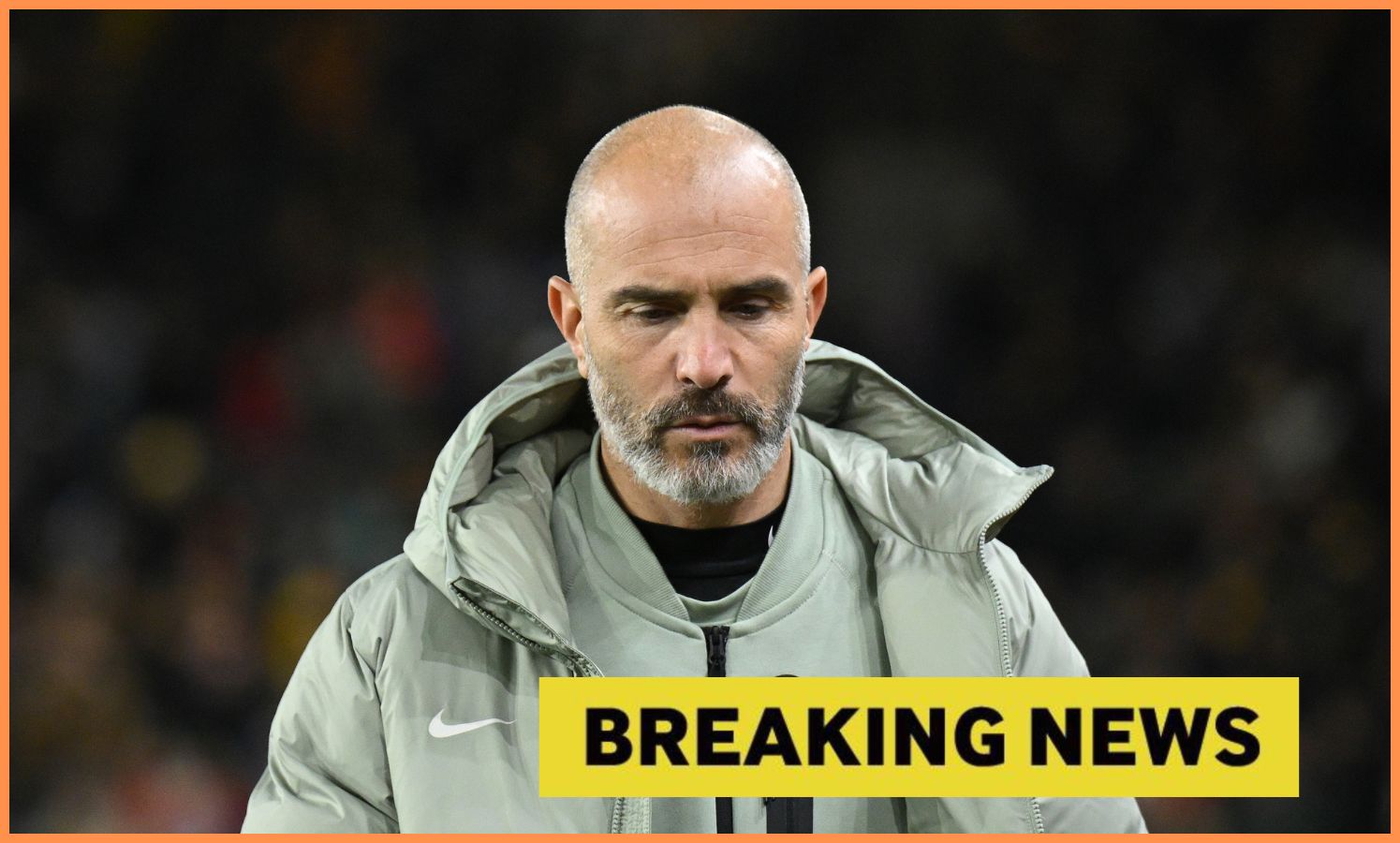For Enzo Maresca, the manager of Chelsea, one name stands head and shoulders above the rest as his “dream signing” ahead of 2026 is Harry Kane.
According to a trusted source on X, Maresca believes Kane could be the transformative figure Chelsea need to re-establish themselves among England’s elite, both domestically and in Europe.
Enzo Maresca’s dream signing for Chelsea is Harry Kane from Bayern Munich according to club sources.
Kane is a proven goal-scorer, a leader on the pitch, and his experience could be the difference maker in @ChelseaFC quest for the Premier League and Champions League titles.… pic.twitter.com/3cb4dMQ1qK
— indykaila News (@indykaila) December 3, 2025
Kane remains one of the most prolific centre-forwards in Europe. Since joining Bayern Munich from Spurs in 2023, he has continued to deliver impressive numbers in Bundesliga and the Champions League, cementing his status among the continent’s elite strikers.
Enzo Maresca wants Harry Kane at Chelsea
Maresca sees in Kane a blend of leadership, killer instinct, and experience, qualities that a still-maturing Chelsea squad could greatly benefit from.
The Blues, with several young forwards and wide players, lack a proven, intelligent No.9 whose presence demands attention and opens up space for others.
A player like Kane would not only deliver goals but also guide a younger squad through the pressures of a full Premier League and Champions League campaign.
Bringing in someone of Kane’s stature would signal to the rest of Europe that Chelsea are back, ready to compete, invest, and build for immediate success.
Despite the appeal, the hurdles are substantial. Kane’s current contract with Bayern runs until 2027, and while reports suggest there is a release clause, reportedly around €65 million, the German club appear keen to keep him, especially amidst recent strong performances.
Can the Blues sign the former Tottenham attacker?

There is also the matter of his wages and the size of the contract he would demand, a considerable financial commitment for Chelsea’s board.
The club recently signed Liam Delap and Joao Pedro but even their arrival hasn’t quelled speculation about Kane, showing just how strongly the coach views the need for an established talisman.
Some of the biggest clubs in the world, including Barcelona and Manchester United, are keeping a close eye on the situation of Kane in Munich.
For Chelsea to land Kane, they likely need to match both the financial and sporting ambition required, and see it as a bet worth the risk.
Report: Chelsea make surprise offer to sign Newcastle star rated highly by Jose Mourinho














